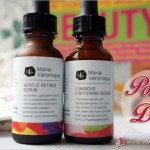
How To Layer Your Skin Care: 7 Rules To Know
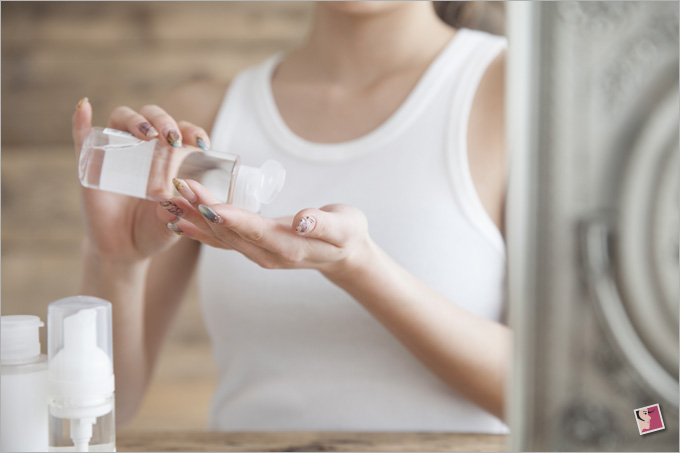
Do you layer your skin care products? Yes? Has all the layering done your skin any good? Not exactly? Hmm…perhaps you are missing a step? How about we try to address some of those in this post today?
If you’re not into layering your skin care because you don’t know how, then all the more you want to read this. Maybe what I’m about to share will help you understand the concept better.
What is skin care layering?
I think most of us layer our skin care products. The variable is in the number of products we layer.
It’s a bit like dressing up. Some of us just put on one layer of garment over our underwear. But some of us go a bit further and add on an outerwear and accessorize with a bag and jewelry, depending on the need and also the weather.
I’m not sure if we can credit the Koreans for popularizing skin care layering. They can certainly be credited for layering the most skin care products at one go.
Instead of just toner, moisturizer and maybe sunscreen, the Koreans are known to apply a slew of other products including serum, essence, ampoules, and even facial oil.
So exactly what goes where and in what order? Are there other combination or rules we should know of?
1. Layer from thin to thick
The basic rule is to layer our skin care products in terms of their consistency. You should apply your products from the thinnest to the thickest or from liquid to cream.
So you can start with your toner, followed on by your essence, then your serum, moisturizer, sunscreen or bb cream.
But should sunscreen always be the last product you apply? Well, what I’m about to share may surprise some of you.
2. Sunscreen isn’t always the last layer
All of us are taught to apply our sunscreen last, after our moisturizer. Well that is right if you are using a mineral sunscreen containing zinc oxide and/or titanium dioxide that is formulated to deflect UV rays.
If you are using a chemical sunscreen or a mix of chemical and physical sunscreen (still predominantly chemical because the zinc oxide and/or titanium dioxide are usually low), this rule isn’t so clear cut.
You see, chemical sunscreens are also known as organic absorbers. This is because they absorb the UV rays and release that heat or energy from the skin. This means that they work best when applied closest to your skin. If you are using a moisturizer, then it should be layered after your chemical sunscreen.
What? You mean I’ve been applying my sunscreen all wrong? Now what?
Okay, no need to fret now. I don’t use chemical sunscreen now but I know that the consistency of most chemical sunscreens are way thinner than their mineral counterparts.
What this means is that using it under your moisturizer is not a problem. In fact, some of the chemical sunscreens out there can double up as a moisturizer so using it first or last isn’t a concern.
3. Layer to seal your serums and lotion
A colleague mentioned she takes 20 minutes or more to apply her skin care products. I thought that was too long. When probed, she told us that she always waited for the serum and lotions to dry before applying the next.
I was so surprised. Do other women wait between layering their skin care products? Because I don’t.
I use about 4 products on my face and I don’t wait for any of the products to be completely dry before layering the next. Okay, the exception is my sunscreen. That’s the only product I’ll wait a little longer before applying my makeup over.
If you are using a facial oil, all the more you shouldn’t wait for your serum or lotion to dry. By applying over damp skin, you are actually sealing in the moisture.
4. More layering but not necessarily merrier
I’ve read somewhere that we should layer more products to have a potent skin care regime. The more the merrier. Oh wow. Really?
While the Korean’s 10-step skin care routine is inspiring, layering can be tricky if your products contain active ingredients and your skin is sensitive. Not all products play well together and mixing them could inactivate their benefits or worse, cause skin irritation.
Active ingredients do need to be carefully combined–if too many are used together, they run the risk of causing irritation. Another possibility is that the ingredients inactivate each other, rendering the product benefits useless.
Here are some ingredients you shouldn’t be layering:
- Copper peptides and vitamin C–effects of each are cancelled out, rendering the benefits useless.
- Vitamin C and alphydroxy acids (AHAs)–AHA can change the pH and destabilize the vitamin C.
- Retinol and alphahydroxy acids (AHAs)–can cause redness and irritations.
- Super-strength concentrations of retinol and vitamin C–skin can become dry.
- Retinol and benzoyl peroxide (for acne treatment)–deactivate each other and can cause excessive peeling, unwanted pigment, lasting redness, and evening blistering and scarring.
- Retinol and salicylic acid (for acne treatment)–can cause dryness and redness.
This is probably why layering of serums is not encouraged unless you’re familiar with the ingredients. That or use products from the same brand–usually they work synergistically. I’ve layered a vitamin C serum over a retinol serum from the same brand but the concentrations were low enough to work well together.
5. Spot layering
But given that some of us do need specific active ingredients to address our skin care concerns, how can we use our products together?
Instead of layering your entire face, some serums or lotions can be used as spot treatment instead. Most obvious would be acne treatments which should be layered on specific spots and not the entire face.
You may also want to treat pigmented spots with a targeted serum as layering the serum over your entire face could be too potent.
6. No layering over eye area
As mentioned earlier, the rule of thumb is apply your skincare from lightest product to heaviest. That way the heavier products can penetrate through the lighter ones to be properly absorbed.
Although you don’t layer eye care products, you should be aware of how to apply your eye cream and here’s the rule:
If your eye cream is richer and denser than your facial moisturizer, apply after it. If it’s lighter than your serum, apply before and so on.
Now please don’t misunderstand that you are to layer your moisturizer over your eye cream. You don’t. You apply your eye cream only to your eye area and the moisturizer to your face.
7. Layer oil over moisturizer
If you use a facial oil and also a moisturizer, you need to apply oil over a moisturizer but not vice versa. This is because moisturizer cannot penetrate oil but oil can penetrate moisturizer.
Also, applying oil over your moisturizer allows it to provide a protective barrier to prevent dry air from pulling moisture from the skin.
Personally, I find this a bit hard to follow for my day routine. I apply my sunscreen over my facial oil because that just applies better. But this works for me because I’m using a mineral sunscreen containing zinc oxide and it is supposed to sit on my skin deflecting the UV rays.
I hope these 7 rules have given you a better idea on how to layer your skin care. Skin care layering can yield great results if you get it right. If you have any other tips on how to layer your skin care, do share in the comments.
Comments
Leave a Reply
You must be logged in to post a comment.

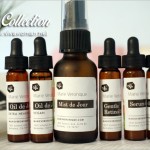
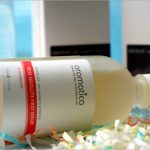











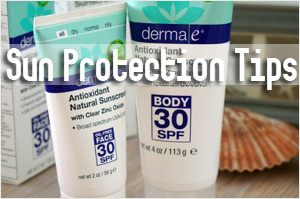
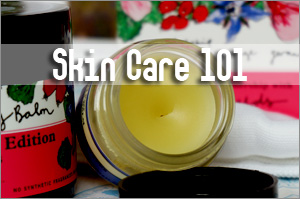
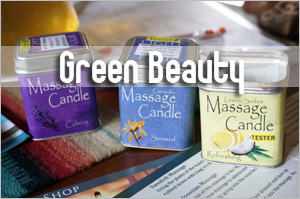
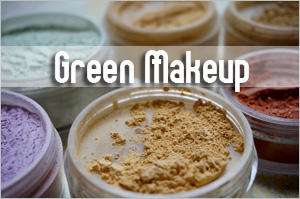
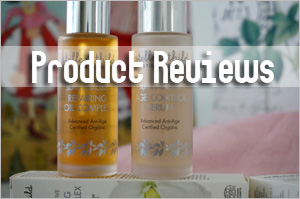

oh this is so helpful!
i always put my kiehl’s midnight recovery oil first, followed by my regular moisturiser. But what u said sound right too…
I think what you are doing isn’t exactly wrong either…you are just getting most benefit from the oil and less from the moisturizer.
Thank you Sesame for sharing this valuable post. It is really good to know about the importance of layer your skin. I found some good information from your post; before I was using products of “Annimateo”. I found the good result for my skin. Your post will help me soon, keep posting.
You’re welcome.
too many things to remember esp the sunscreen part! i like choosing sunscreens based on texture and brand reputation rather than ingredients… i reckon putting on any and in which ever step consistently is better than not using sun protection daily!
Agree…most important is you have sunscreen on!
I’ve read somewhere that you shouldn’t apply benzoyl peroxide with anti-oxidants like vitamin C serum, is that true? How about separating them with a layer of moisturizer?
I think best to use both separately. Say one in the day and the other in the night.
Excellent Article! Thank you for sharing such an informative post. I had recently read another interesting post explaining the types of skin care products to be used for different type of skins.
Hello. What should comes first? Oil or cream? My cream is a sleeping mask cream. And my moisturizer is different from my cream and oil :).
Totally agree!
It is worth the efforts, especially in the long run terms. But it is vital to follow all steps precisely according to the article. Layering your skin should become your second nature if you want your face looks nice!
Thanks for sharing!
Sesame Thanks for sharing this post. This is very result oriented product. You have explained proper how we can use it. Very helpful post for user. Thanks again.